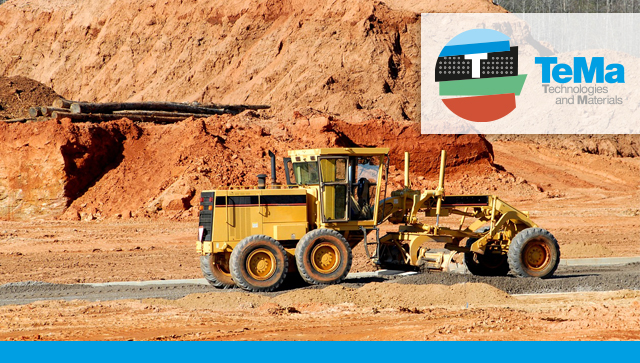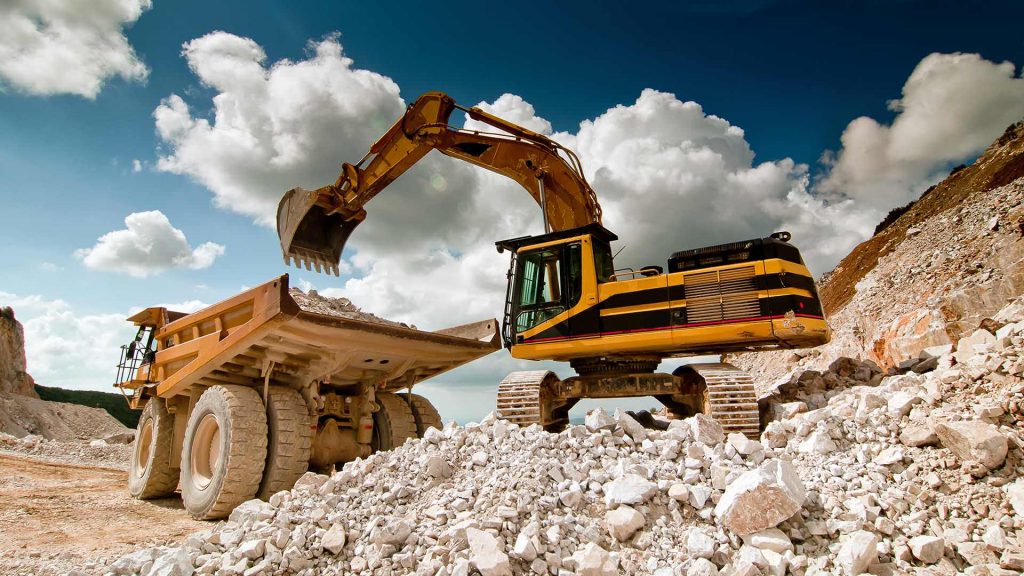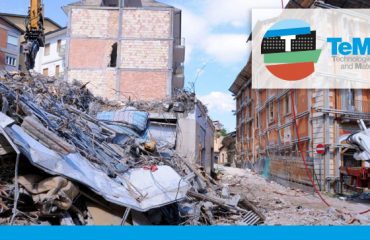
Fast procedures and certain times: environmental checks within 60 days, reusable materials 90 days from delivery of the Plan of use
Introduction on excavated rocks for reinforced soil filling
It is not infrequent the case in which the material filling the earths reinforced by flexible or rigid inclusions can come from large excavation sites (from works in the tunnel, for example).
Today, in fact, the reinforced soil with inclusions are part of the composite materials, and their use involves the improvement of the characteristics of the original soil and the formation of systems with mechanical characteristics higher than those that would occur with the soil alone.
The tests and experiments carried out have made it possible to ascertain that the reinforced earth, consisting of excavated rocks and the flexible reinforcement mechanism, provides static and structural, environmental, operational, and economic advantages, with vast possibilities of use and reintegration possibilities.
Earth and rocks from excavation: certain times
Within 60 days the analysis activities are carried out by the Environmental Protection Agencies, such as the verification of the existence of the requirements stated in the plan of use of the earth and excavation rocks generated on large sites.
At 90 o’clock from the delivery of the Management Plan, the management of excavated earth and rocks generated on large construction sites can be started, according to the indications contained in the Plan.
Lands and rocks from excavation: simplified procedures
Starting the management and use of excavated lands no longer requires the waiting for authorizations, but a maximum of 90 days from the presentation of the plan. Instead, the Agencies were not required to meet any deadline to certify the achievement of the requirements from European and national standards to qualify excavated soil and rock by-products, as it was not established. Therefore, preventive approval expires.
Lands and rocks from excavation: changes and extensions to the floor
Even in the case of substantial changes to the plan of use of the land and rock by qualified excavation ‘by-product’, once submitted, decaying the prior approval the procedure is speeded up. For example, if the change concerns the quantity, the new standard allows to apply the classification of by-product to the part of land and rocks indicated in the plan, applying the management obligation as waste only for the excess quantities. These rocks, which are classified as waste, now undergo a specific regulation as regards their temporary storage and the maximum permitted quantities, greater than those of Legislative Decree 152/2006.
Residues from the processing of stone materials are now excluded from excavated earth and rocks, allowing the qualification of such residues as ‘by-products’.
The regulation concentrates on the particular of the reclamation sites, where specific procedures are established for the excavations as well as the conditions of use of the lands and rocks excavated on the basis of their conditions.
The novelty with respect to the previous repealed rule is that the extension at the end of the plan may be two years, and must take place through communication to the Municipality and to the competent Environmental Protection Agency.
Rules repealed by the new decree on excavated earth and rocks
Ministerial Decree 161/2012, containing the regulations used until the new decree on the use of excavated earth and rocks, various regulations that make up the following decrees: art. 41 in Decree Law 69/2013, art. 184 bis and 266 paragraph 7 of Legislative Decree 152/2006.





